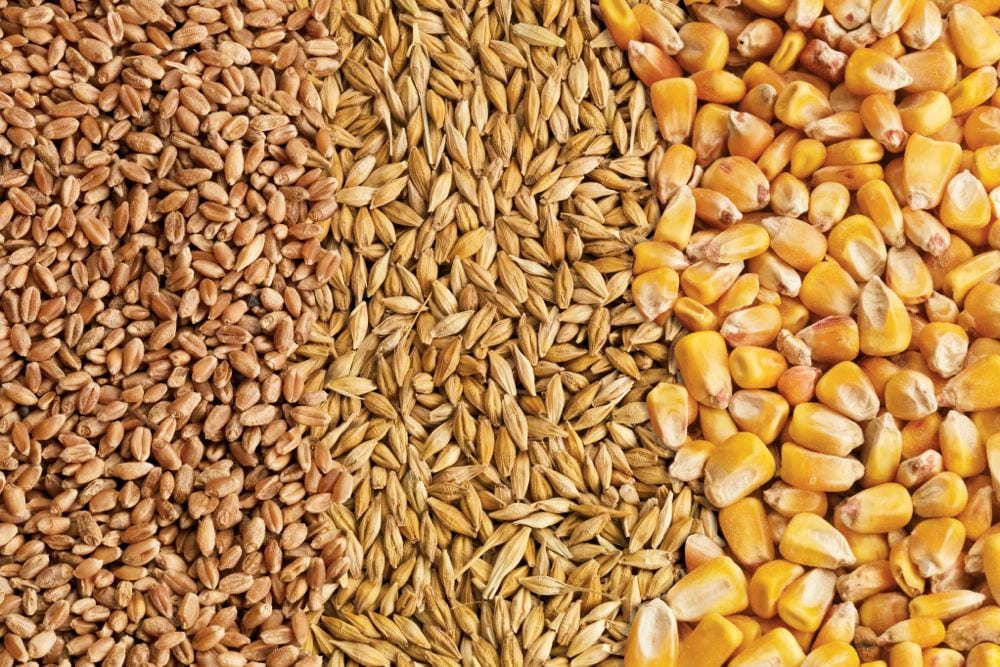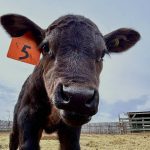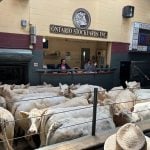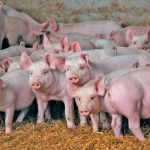Western Canadian feeder cattle markets were unstable trading steady to $4 per hundredweight (cwt) lower on average, following major U.S. markets lower. U.S. feeder cattle prices were generally down $5-$7/cwt, with spillover pressure from the broad-based commodity sell-off.
Prices in Eastern Saskatchewan and Manitoba were as much $10/cwt below major Alberta markets, causing feedlot operators in Alberta’s Feedlot Alley to look east rather than north for nearby requirements. Alberta packers were buying fed cattle at $114/cwt but with feedlot margins running in red ink, there was little incentive to pay higher values for replacement cattle.
Read Also

Feed Grains Weekly: Price likely to keep stepping back
As the harvest in southern Alberta presses on, a broker said that is one of the factors pulling feed prices lower in the region. Darcy Haley, vice-president of Ag Value Brokers in Lethbridge, added that lower cattle numbers in feedlots, plentiful amounts of grass for cattle to graze and a lacklustre export market also weighed on feed prices.
Major features this week landed in southern Alberta included red Angus steers weighing just under 700 pounds at $143/cwt; Simmental steers averaging 700 lbs. traded at $133/cwt; a mixed group of black Angus-based heifers just under 700 lbs. were quoted at $124/cwt. Heavier cattle over 800 lbs. were uneven, with many backgrounding operators moving cattle straight off the farm to the finishing feedlot.
The U.S. Department of Agriculture’s report surprised the industry, with March placements eight per cent above year-ago levels while total feedlot inventory was down five per cent in comparison to April 1, 2012. It appears summer beef production may be higher than earlier anticipated. June live cattle futures remain in a downward trend, trading $12 below the contract highs back in December. It appears fed cattle prices in Alberta have potential to dip down to $108 in the June timeframe, which will keep buying interest for feeder cattle on the defensive.
Break-even values for finished cattle in June are estimated at $120/cwt. Barley prices remain firm, with further volatility expected as ending stocks drop to pipeline levels.
Look for feeder cattle prices to remain under pressure over the next month. The projection for a softer fed cattle market, along with steady to higher barley prices, will weigh on feeders. Equity markets appear to be topping out for the time being; therefore, I don’t see a sharp increase in consumer spending anytime soon, which is needed to lift cattle prices higher.
— Jerry Klassen is a commodity market analyst in Winnipeg and maintains an interest in the family feedlot in southern Alberta. He writes an in-depth biweekly commentary, Canadian Feedlot and Cattle Market Analysis, for feedlot operators in Canada. He can be reached by email at [email protected] for questions or comments.















